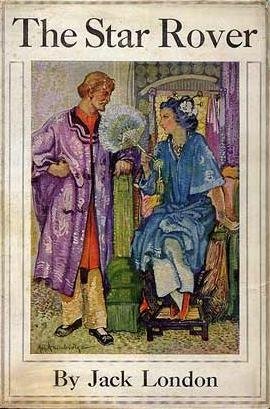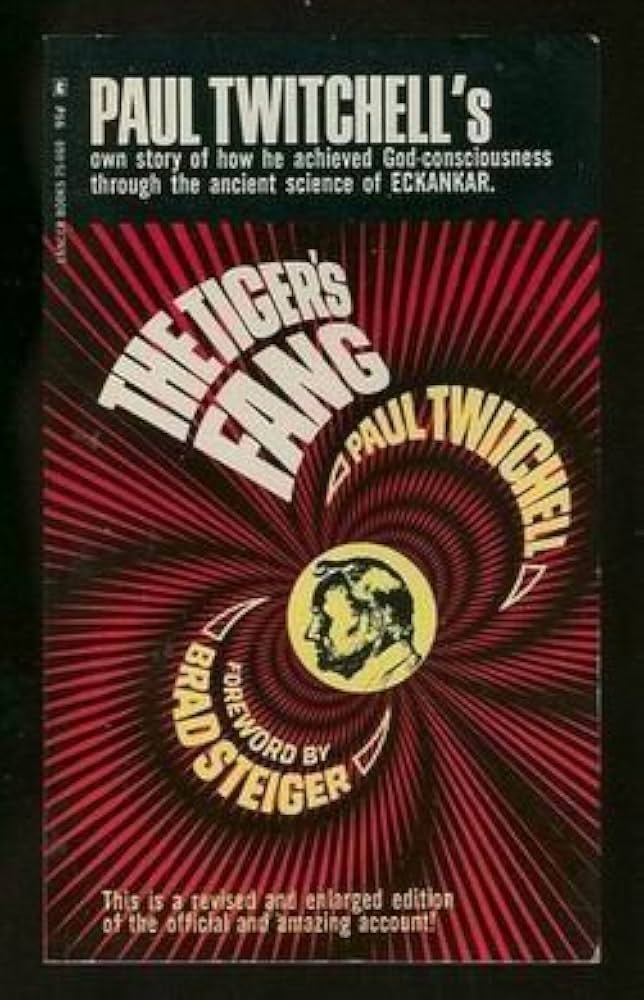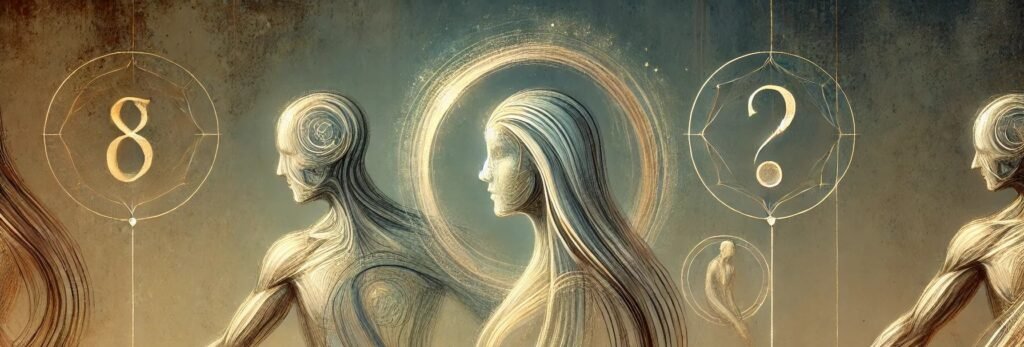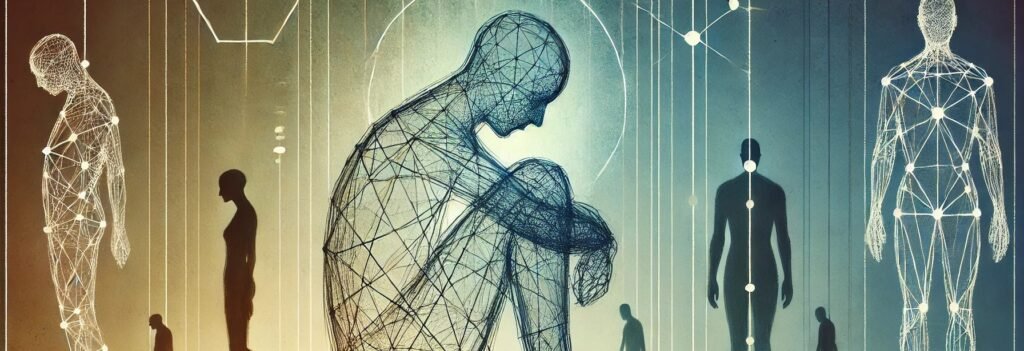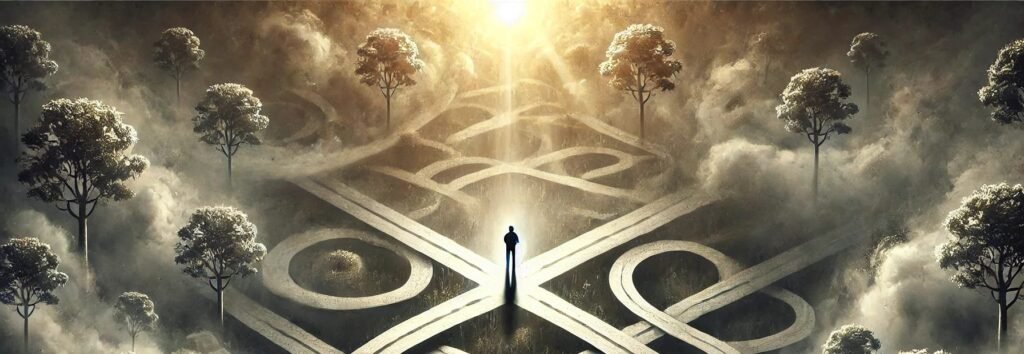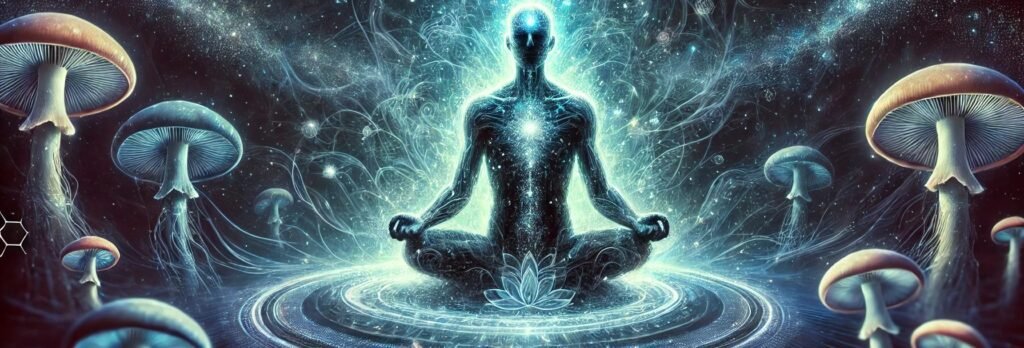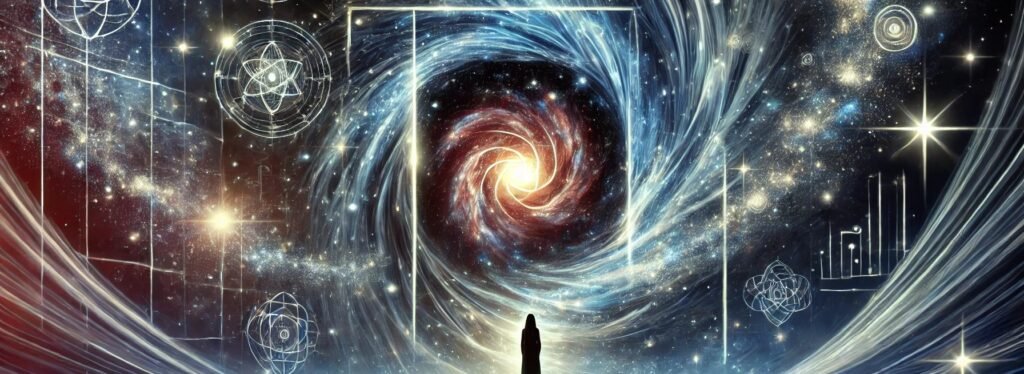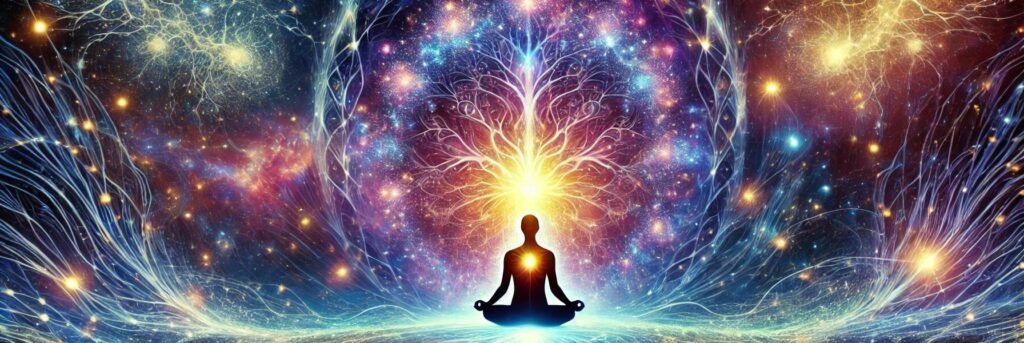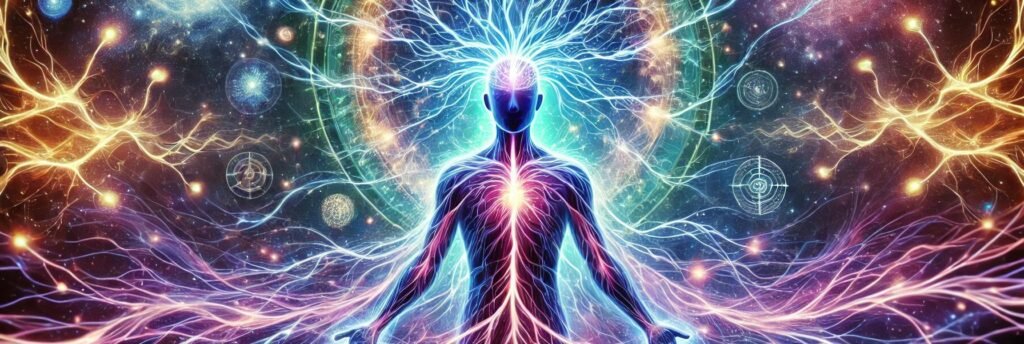What is spirituality?
The word spiritual often triggers mixed reactions. Whether linked to religion or dismissed as mystical, spirituality carries a stigma of spiritual and spirituality that can make people uncomfortable. For some, it’s tied to organized religion, evoking thoughts of rigid rules or ancient traditions. For others, it’s associated with new-age ideas that feel distant from daily life. Whether linked to religion or dismissed as mystical, spirituality often carries a stigma. But what if we could move beyond this stigma and discover a broader view of what it means to be spiritual?
Podcast Discussion
The Association Between Spirituality and Religion
This stigma of spirituality often stems from its association with rigid systems like religion, but spirituality is far more than dogma. When people hear the word spiritual, they usually think of formal systems like Christianity or Hinduism. Take Hinduism, for example, with its many deities that might seem confusing or overly focused on ritual. Yet, at its heart, Hindu spirituality points to something deeper—a unity beneath all things, where the various deities express a single, ultimate reality. Moving past the stigma of spirituality allows us to see it as a way to engage deeply with life, presence, and reality.
The spiritual path is a process of dis-identification, an undoing of limiting beliefs and assumptions about who we are, and a continual discovery of deeper truths about our nature and existence
A. H. Almaas

Spirituality as a Way of Life
This deeper essence is often missed because spirituality is frequently equated with dogma or religious practices from our upbringing. For many, this leaves them disillusioned, but spirituality doesn’t have to be tied to any religious system. It transcends religion. Consider Buddhism, which is often seen more as a philosophy than a religion. It doesn’t require belief in a god but offers a path for understanding the nature of suffering and the human experience. It’s about mindfulness and ethical living, showing that spirituality can be practical and deeply connected to everyday life.
The Essence of mind is intrinsically pure. When we know our own mind, we transcend delusion and attain enlightenment.
Huineng
Spirituality as Presence in Everyday Life
So, what remains if we strip away the layers of religion and tradition? At its core, spirituality is about engaging with life and reality. Some teachings speak of spiritual Essence, a kind of light—not in the physical sense, but as a deeper consciousness we all share. This light isn’t separate from us; the awareness flows through our experiences, grounding us in the present moment.

Challenging the Divide Between Material and Spiritual
Unfortunately, many have compartmentalized our lives, treating spirituality as separate. We consider it distinct from our work, family, or daily routines. However, true spirituality is not limited to specific activities or rituals. It’s the presence we bring to everything, whether at work or with loved ones.
Another issue is the idea that the material and spiritual worlds are separate. Many religious teachings suggest that the material world is something to rise above. This has contributed to the belief that spirituality is about withdrawing from real life, but the truth is quite the opposite. Spirituality invites us to engage more fully with the world, recognizing that the material and spiritual are one.
Your daily life is your temple and your religion. Whenever you enter into it take with you your all.
Kahlil Gibran
Integrating Psychological and Spiritual Growth
There’s also a misconception that spiritual growth can happen without addressing our psychological health. Some may believe profound spiritual experiences are possible without dealing with emotional wounds. However, as traditions like the Diamond Approach® teach, true spiritual development involves healing both the psychological and spiritual aspects of ourselves. It’s not about escaping life’s difficulties but transforming them through awareness.
Ultimately, spirituality isn’t about religion or mystical experiences. It’s about recognizing a deeper reality in our everyday lives. Whether or not we follow a specific tradition, spirituality is about living with presence, connection, and awareness. It’s not something to separate or dismiss—it’s something to live. Moving beyond the stigma, we see that spirituality isn’t about belief. It’s about being fully engaged in the reality of life as it is.

A Modern-Day Spiritual Path
The Diamond Approach is a modern-day spiritual path that differs from traditional religions. It doesn’t involve worshiping deities or aiming for an ultimate state of consciousness. The Diamond Approach is not a religion. It doesn’t center on worshiping a deity nor present an ultimate goal or state of consciousness to strive for. While it provides an understanding of a vast cosmology, it’s not dogmatic. Instead, the Diamond Approach offers a map—a guide to the infinite possibilities of consciousness. It’s a framework that encourages exploration, not rigid adherence to a prescribed belief system.
Wherever you are is the entry point.
Kabir
Individual Growth and Inquiry
What sets the Diamond Approach apart is its recognition of the uniqueness of each individual’s journey. There is no standardized path, no one-size-fits-all format for growth. Every student’s unfolding into the Mystery of consciousness and life is personal, allowing for an authentic and intimate engagement with one’s experiences and inner realities.
The Diamond Approach emphasizes presence, inquiry, and the understanding that the spiritual journey is a dynamic, ever-evolving process. It doesn’t demand answers but invites continuous curiosity into the nature of reality and self. The path blends psychological and spiritual growth, offering a practical, living approach to spiritual development that fully integrates with daily life. This openness makes it a living teaching that grows with each student’s unfolding, offering support as they navigate the depths of their being.


